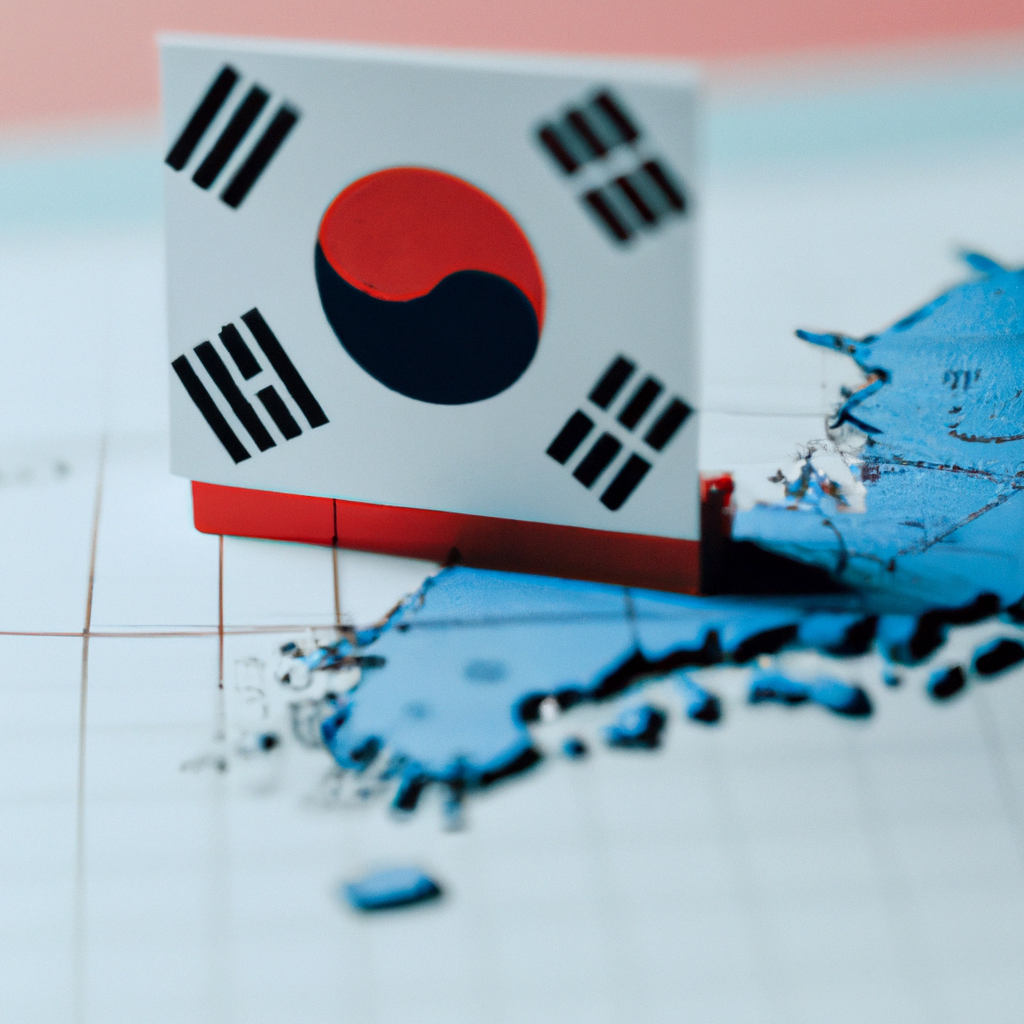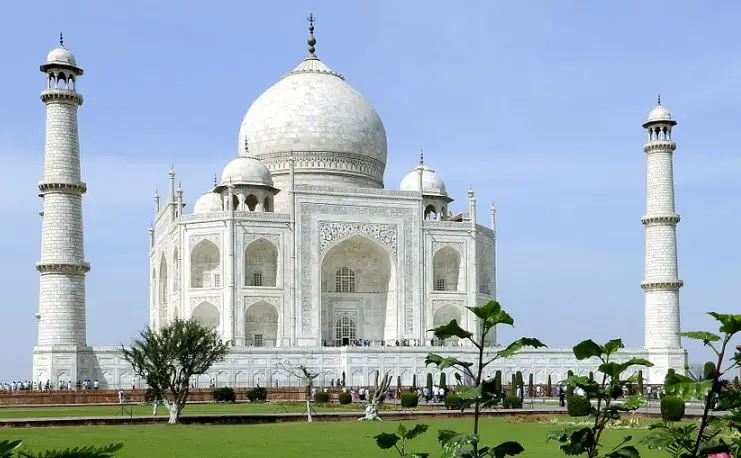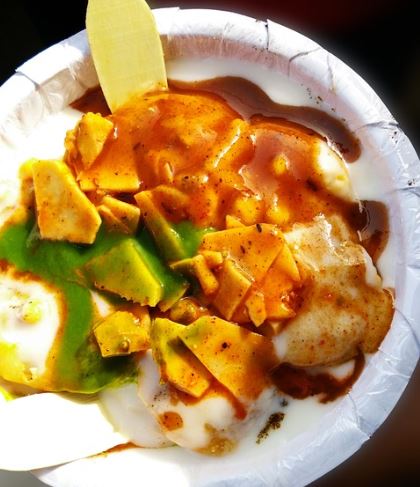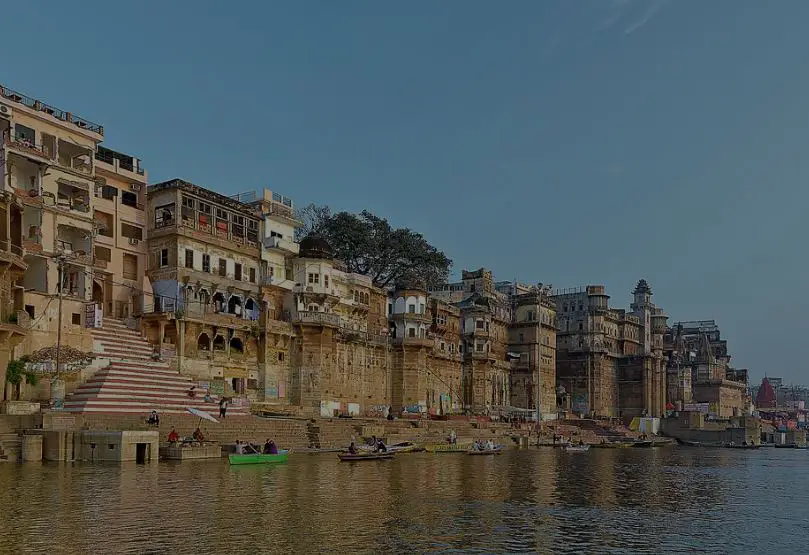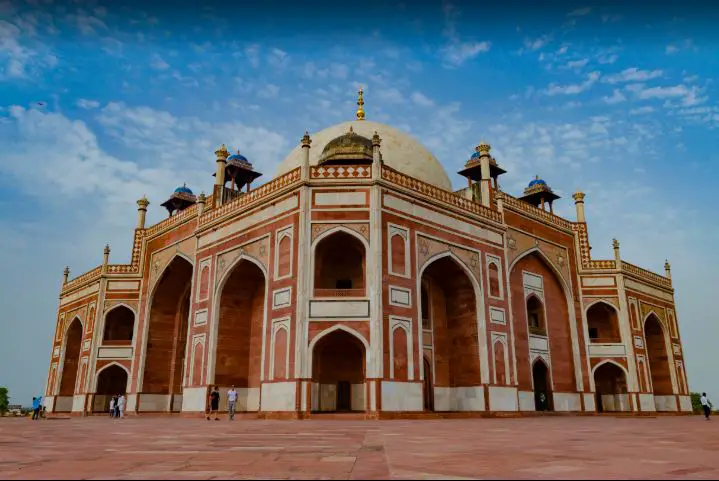What are the major textile traditions and techniques in South Korea?
Post ByAdequate Travel
Summary
South Korea is home to some of the most unique and fascinating textile traditions and techniques in the world. From traditional farming styles to more modern advances, looking into these fascinating methods will give any textile enthusiast a great overview of the history, culture, and technical aspects of Korean textiles. In this blog post, we'll be exploring the major textile traditions and techniques found in South Korea. Stay informed about any travel restrictions or travel rules in place, as they may vary depending on your destination within the country.Major Textile Traditions and Techniques in South Korea:
1. Hanbok
The hanbok is the traditional clothing of Korea and is known for its vibrant colors and elegant design. It is often made of silk and consists of a wrap-around skirt (chima) and a jacket (jeogori). The construction of hanbok involves various sewing techniques such as straight stitching, folding, and pleating.
2. Jogakbo
Jogakbo is a traditional Korean patchwork technique that involves sewing together small fabric pieces to create larger textile artworks. The fabric patches are usually different in color, texture, and pattern, resulting in intricate and visually stunning designs.
3. Bojagi
Bojagi refers to the traditional Korean wrapping cloth made from silk or ramie fabric. It is used to wrap gifts, food, or personal belongings. Bojagi is known for its meticulous stitching and knotting techniques, as well as the use of bold colors and geometric patterns.
4. Nubi
Nubi is a unique Korean quilting technique that involves layering fabric and stitching them together to create a padded effect. It is often used in making traditional bedding, clothing, and accessories. Nubi quilting requires precise hand stitching to create intricate patterns and textures.
5. Joomchi
Joomchi is a traditional Korean paper felting technique used to create textured and sturdy paper fabrics. The process involves wetting, pounding, and manipulating layers of hanji (traditional Korean paper) to create a cohesive and durable material. Joomchi is used to make various items, such as clothing, bags, and home decor.
6. Kalchi
Kalchi is a traditional Korean tie-dye technique used to create intricate patterns on fabric. The process involves tying sections of fabric with thread or string before dyeing, resulting in beautiful resist patterns. Kalchi is often used in making traditional Korean garments, accessories, and home furnishings.
Stay informed about any travel restrictions or travel rules in place, as they may vary depending on your destination within the country.